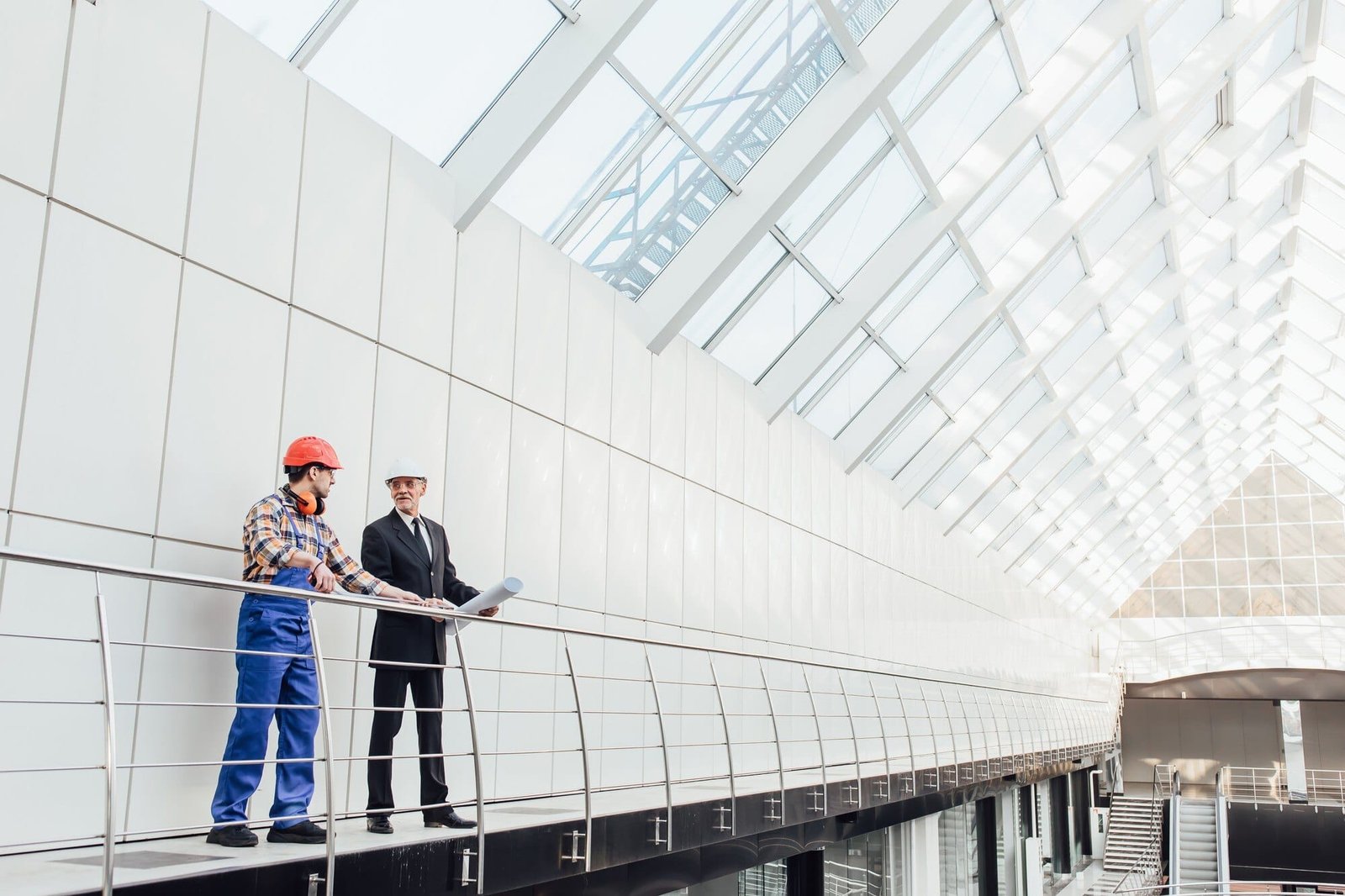Timber has been used as a primary construction material for centuries, and despite the rise of modern materials like steel and concrete, it remains one of the most popular choices for residential, commercial, and even large-scale industrial projects. As sustainability and eco-friendly practices take center stage in the construction industry, timber is once again being recognized as a versatile, durable, and sustainable material that offers numerous advantages over other building materials.
At VMC Group, we understand the value of timber in modern construction and how its benefits go beyond just aesthetics. In this article, we will explore the top five benefits of using timber in construction and why it remains a top choice for builders, architects, and homeowners alike.
1. Sustainability and Environmental Benefits
One of the biggest advantages of using timber in construction is its sustainability. As the world shifts towards eco-friendly building practices, timber stands out as a renewable resource that contributes to carbon neutrality and environmental conservation.
Why is Timber a Sustainable Choice?
- Renewable Resource: Unlike concrete and steel, which require intensive mining and manufacturing processes, timber comes from trees that can be replanted and harvested sustainably.
- Carbon Sequestration: Trees absorb carbon dioxide during their growth, and when used in construction, they lock that carbon away, helping reduce greenhouse gas emissions.
- Low Energy Production: The production and processing of timber require significantly less energy compared to materials like steel or concrete.
- Biodegradability: At the end of its lifecycle, timber decomposes naturally, reducing landfill waste.
Incorporating responsibly sourced timber from certified suppliers ensures that construction projects contribute to sustainable forestry practices.
2. Strength, Durability, and Structural Performance
Despite being lightweight, timber offers exceptional strength-to-weight ratio, making it a highly durable material suitable for various structural applications.
How Strong is Timber?
- Load-Bearing Capacity: Modern engineered wood products like Cross-Laminated Timber (CLT) and Glulam (Glued Laminated Timber) offer exceptional load-bearing capabilities, making them viable alternatives to steel and concrete.
- Flexibility: Timber has a natural ability to bend slightly under pressure without breaking, which makes it more resistant to seismic activity compared to rigid materials like concrete.
- Longevity: Properly treated timber structures can last for decades, if not centuries, with the right maintenance.
- Fire Resistance: Contrary to popular belief, timber can be fire-resistant when treated properly, as larger wooden structures tend to char on the outside while maintaining structural integrity.
Timber’s strength and durability make it an excellent material for framing, flooring, roofing, and even high-rise buildings.
3. Energy Efficiency and Insulation
Energy efficiency is a crucial consideration in modern construction, and timber naturally provides superior thermal insulation compared to other materials.
Why is Timber Energy Efficient?
- Natural Insulator: Wood has a low thermal conductivity, meaning it helps regulate indoor temperatures by reducing heat loss in winter and minimizing heat gain in summer.
- Reduced Energy Costs: Homes built with timber require less energy for heating and cooling, leading to lower electricity bills.
- Soundproofing Properties: Timber also provides excellent acoustic insulation, reducing noise pollution inside buildings.
By using timber in construction, builders can create energy-efficient buildings that meet sustainability goals while enhancing comfort for occupants.
4. Design Versatility and Aesthetic Appeal
Timber is one of the most visually appealing and versatile materials available, offering limitless design possibilities for architects and interior designers.
How Does Timber Enhance Building Design?
- Natural Beauty: Wood’s grain patterns, textures, and warm tones add aesthetic appeal to any space, whether it’s a rustic cabin or a modern office building.
- Customization: Timber can be cut, shaped, and finished to meet various architectural styles and interior designs.
- Hybrid Construction: Timber can be combined with other materials like steel, glass, and concrete to create innovative and visually striking designs.
- Pre-Fabrication: Many timber components can be pre-manufactured off-site, allowing for faster and more precise construction.
Timber’s adaptability makes it a preferred choice for both traditional and contemporary architecture.
5. Faster and More Cost-Effective Construction
Construction projects often face tight deadlines and budget constraints. Timber helps overcome these challenges by offering speed and cost-efficiency.
How Does Timber Save Time and Money?
- Lightweight Nature: Timber is lighter than concrete and steel, reducing transportation and labor costs.
- Easy to Work With: Timber structures can be assembled quickly, allowing for faster project completion compared to masonry or steel construction.
- Reduced Foundation Costs: Because timber is lightweight, it requires less reinforcement in foundations, saving materials and expenses.
- Pre-Fabrication Advantages: Many timber elements can be pre-cut and assembled in controlled environments, minimizing on-site construction time and errors.
Timber’s efficiency makes it a great option for affordable housing, commercial developments, and modular construction projects.
Why Timber is the Future of Sustainable Construction
As the world moves towards greener building practices, timber’s renewable nature, energy efficiency, strength, and aesthetic appeal make it an ideal material for the future of construction.
Key Future Trends in Timber Construction:
- Mass Timber High-Rise Buildings: The rise of cross-laminated timber (CLT) has made it possible to build tall wooden skyscrapers, reducing reliance on concrete and steel.
- Net-Zero Energy Homes: Timber’s natural insulation properties make it an essential component of energy-efficient and carbon-neutral homes.
- Hybrid Timber Structures: Combining timber with other advanced materials allows for stronger, lighter, and more sustainable buildings.
Final Thoughts: Why Timber is a Smart Choice for Construction
Timber offers a unique combination of sustainability, strength, efficiency, and beauty, making it one of the best materials for modern construction. Whether used in residential homes, commercial buildings, or large-scale infrastructure projects, timber continues to prove its value and versatility.
Read: Why Steel Is the Backbone of Modern Construction
At VMC Group, we specialize in incorporating high-quality timber into construction projects that prioritize sustainability, durability, and innovation. If you’re considering timber for your next project, contact us today to explore the best solutions for your building needs!



